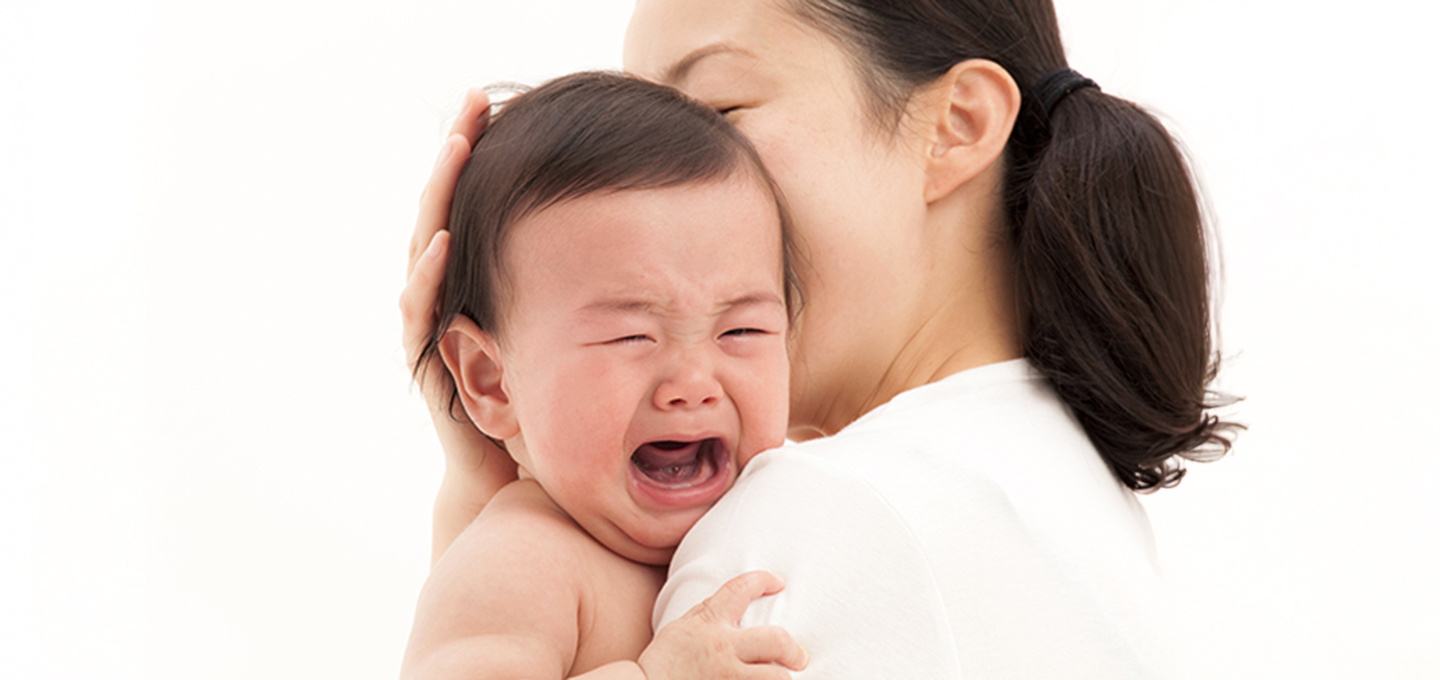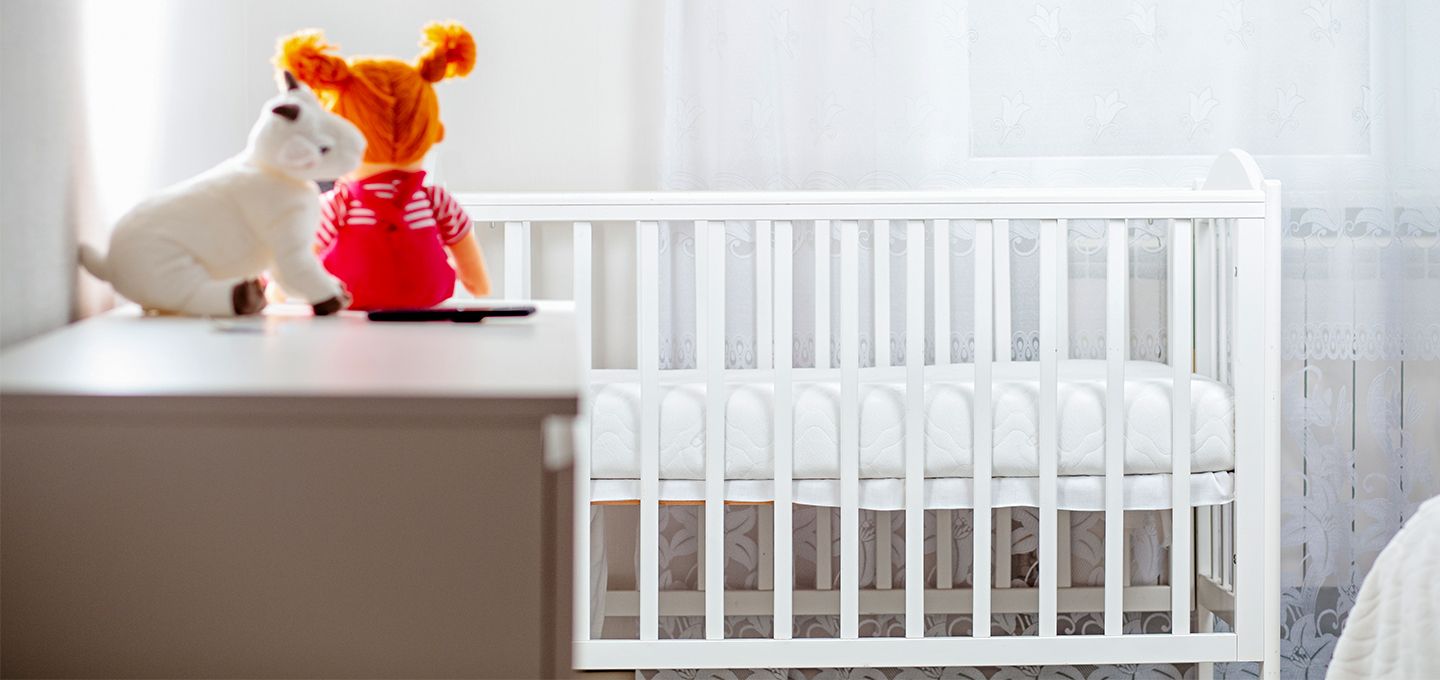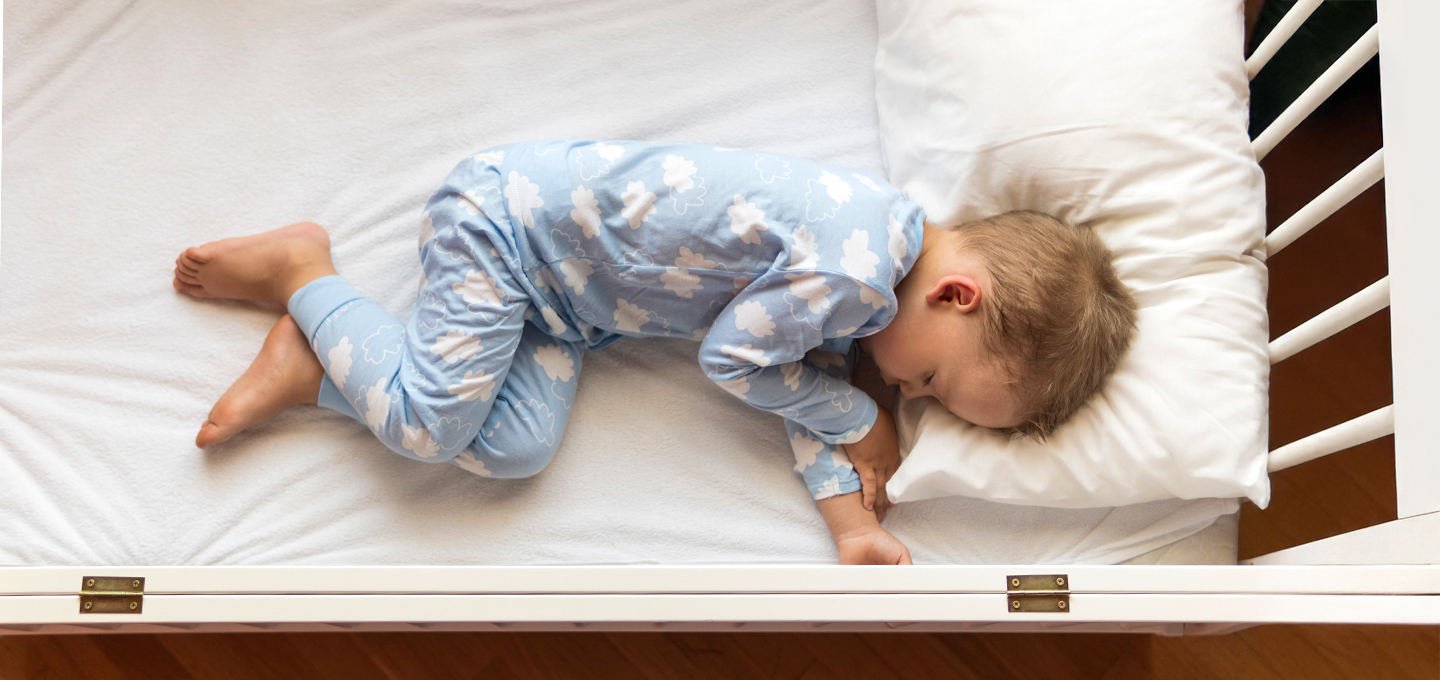
How to Swaddle a Newborn Safely: Step-by-Step Guide


Swaddling is a time-tested way to help your baby feel safe, calm, and more likely to sleep soundly. But if you're asking yourself, "How to swaddle a newborn safely?" or "Is it okay to swaddle my baby?” you’re not alone.
When done correctly, swaddling can help reduce crying and aid in faster baby settling. But it’s also important to be aware of the risks. Improper technique can increase the chances of overheating, hip issues, or even contribute to unsafe sleep conditions.
Here’s a quick breakdown of the basics before you begin:
Understanding these key points helps you create a safe, comforting sleep space for your baby. In the sections that follow, we’ll guide you through the full process: from how to swaddle with a blanket, to when to stop, and what to do if your newborn hates to be swaddled.
What Is Swaddling and Why Is It Important?
Swaddling is the practice of gently wrapping your baby in a light blanket to help them feel secure and comfortable. This simple technique mimics the cozy environment of the womb, which may explain why many newborns find it calming.
To define swaddling more clearly: it means wrapping your little one’s body snugly—typically with their arms tucked in—to create a sense of comfort and containment. Swaddling may also help reduce sudden movements caused by the startle reflex, which can wake babies unexpectedly and disrupt rest.
You might wonder, “Is swaddling safe?” When done correctly, with breathable fabric, a snug (but not tight) fit, and only until your little one begins to roll, it can be a safe and soothing part of your baby’s sleep routine.
Baby Development Milestones Watching how your baby grows and develops is an important part of parenthood. Keep track of your little one's progress with our articles!
The Key Benefits of Swaddling Your Baby
You may be wondering, “Why swaddle a baby” in the first place when there are so many other ways to soothe them?
Swaddling your baby can offer several gentle benefits that help support your infant’s sleep and comfort in those early weeks. Here are some reasons why to swaddle your baby:
While every baby is different, many parents find these gentle comforts to be some of the biggest benefits of swaddling in the newborn stage.
Safety Tips for Swaddling Your Baby
For your little one’s safety, keep these tips in mind when you swaddle your baby:
Ensure that your baby isn't too warm when they’re swaddled. If you see that they’re sweating, have damp hair, flushed cheeks, heat rash, or rapid breathing, they are most likely overdressed.
How to Swaddle Your Baby: Step-by-Step Guide
Learning how to swaddle a baby may feel a little tricky at first, but with practice, it can become a comforting part of your baby’s bedtime or naptime routine. Whether you’re figuring out how to swaddle a newborn or you’re simply exploring different soothing techniques, the steps below can help you wrap your little one safely and securely.
This guide shows you how to swaddle using a swaddle blanket (or any lightweight blanket):
Swaddling with Arms Up or Down: Which Is Best?
When figuring out the best way to swaddle your baby, you may wonder if it’s better to swaddle with their arms tucked down or up by their face. The truth? There’s no single right answer.
Some experts recommend keeping your baby’s arms and legs snugly secured in the blanket for a more contained, womb-like feel. Others suggest leaving the arms free and focusing on wrapping just the lower body to allow more movement. There’s no strong evidence in favor of one method over the other—both swaddling techniques can work well, depending on your baby’s needs and preferences.
If your baby seems unsettled with their arms by their sides, you might try arms-up swaddling, especially if they like sleeping with their hands near their face. Some specially designed swaddle products support this style and still keep your baby secure. Wondering exactly how to swaddle with arms up? It often means using a swaddle with built-in arm pockets or soft wings that allow upward positioning, while still creating a cozy wrap around the body.
Ultimately, what matters most is that your newborn is safe, secure, and comfortable. Pay attention to their cues—if they’re happier with arms out or up, that’s completely okay.
Choosing the Best Swaddle for Your Baby
Finding the best swaddle for your baby often comes down to comfort, ease of use, and safety. Whether you’re using a traditional swaddle with a blanket or a modern swaddle wrap, it’s important to choose materials and designs that support safe sleep.
Avoid weighted swaddles, which may put unnecessary pressure on a baby’s chest and lungs; these are not recommended for newborns. You might also come across swaddle products that claim to reduce the risk of SIDS, but there’s no evidence to support these claims, so use caution when considering such features.
The fabric you choose matters too. Natural, breathable materials like cotton, muslin, or linen help prevent overheating and keep your baby comfortable throughout the night.
When deciding on a swaddle blanket, you can explore several styles:
If you're still learning how to swaddle with a blanket, a soft cotton wrap or pre-shaped swaddle may make the process easier while you build confidence in your swaddling technique.
When Is the Right Time to Swaddle Your Baby?
Wondering when to swaddle a baby during the day or night? Swaddling is most helpful when your newborn is sleepy, fussy, or looking for extra comfort, especially during naps and bedtime. Swaddling your newborn for sleep may promote better sleep, making it a great addition to your baby’s sleep routine.
Many parents find it useful to swaddle newborns for sleep, as it may help reduce startle reflexes that can interrupt rest and promote longer stretches of calm sleep.
You can also swaddle when your baby is overtired, unsettled, or feeling discomfort, such as during the evening fussiness that’s common in the early weeks. Learning when to swaddle a newborn often comes down to watching their cues. If your little one relaxes once wrapped, swaddling can become a comforting part of their routine.
Just remember: always place your baby on their back to sleep on a firm, flat surface, and keep loose bedding out of the crib.
When Should You Stop Swaddling Your Baby?
Parents often ask how long to swaddle a baby, and the answer depends on your baby’s development. Although swaddling is generally safe during your baby’s first couple of months, it's important to know when to stop swaddling. The American Academy of Pediatrics recommends stopping swaddling once your baby is able to roll over, which typically occurs between 4 and 7 months.
If you're wondering when to stop swaddling your baby, it’s important to make this transition to ensure your baby’s safety. Be sure to consult your baby’s healthcare provider if you have concerns about when it’s time to stop swaddling.
Is It Okay to Swaddle Your Newborn?
Yes, it is okay to swaddle a newborn, but it’s not something every baby needs. While swaddling can help some babies feel calm and sleep more soundly, not all newborns enjoy it—and that’s okay. Do newborns need to be swaddled? Not necessarily. Some babies sleep just fine without it.
In fact, if your newborn’s legs kick when swaddled, even mid-sleep, or your newborn hates to be swaddled, that’s a sign that it may not be the right fit for them. It’s also totally fine if you decide to skip swaddling altogether.
If you’re curious about how to try swaddling safely, ask your baby’s healthcare provider for a quick demo. That way, you can make the choice that works best for you and your baby.
FAQS AT A GLANCE
Swaddling does not prevent SIDS. No product or method can. Swaddling is a soothing technique for your baby. Remember to always place your little one on their back to sleep on a firm, flat surface without loose bedding.
The Bottom Line
Swaddling can offer several benefits in the newborn stage; it may help soothe your baby, reduce startle reflexes, and promote more restful sleep. But it’s equally important to be aware of safety considerations and follow your baby’s cues.
If you’re unsure whether swaddling is right for your baby or how long to continue, consult your baby’s healthcare provider. They can help you weigh the pros and cons based on your baby’s specific needs.
Once you decide to give it a try, you’ll likely get the hang of swaddling quickly. You can follow our step-by-step guide or ask your healthcare provider to demonstrate it. With a little practice, wrapping your baby snugly and safely in a swaddle can become second nature.
Looking for extra support along the way? The Pampers Rewards App gives you access to digital offers and helpful tips—so you can focus more on what matters most.
- American Academy of Pediatrics. Caring for Your Baby and Young Child: Birth to Age 5, 7th ed. (New York: Bantam Books, 2019).
- American Academy of Pediatrics. Sleep: What Every Parent Needs to Know (Elk Grove Village, IL: American Academy of Pediatrics, 2013).
- Healthy Children. “How to Keep Your Sleeping Baby Safe: AAP Policy Explained”
- Healthy Children. “Swaddling: Is it Safe?”
- Kids Health. “A Guide for First-Time Parents.”
- Kids Health. “How Can I Comfort My Baby During Shots?”
- Mayo Clinic. “How to Swaddle a Baby.”
- Healthy Children. "Good Night, Sleep Tight: How to Swaddle Your Baby."









